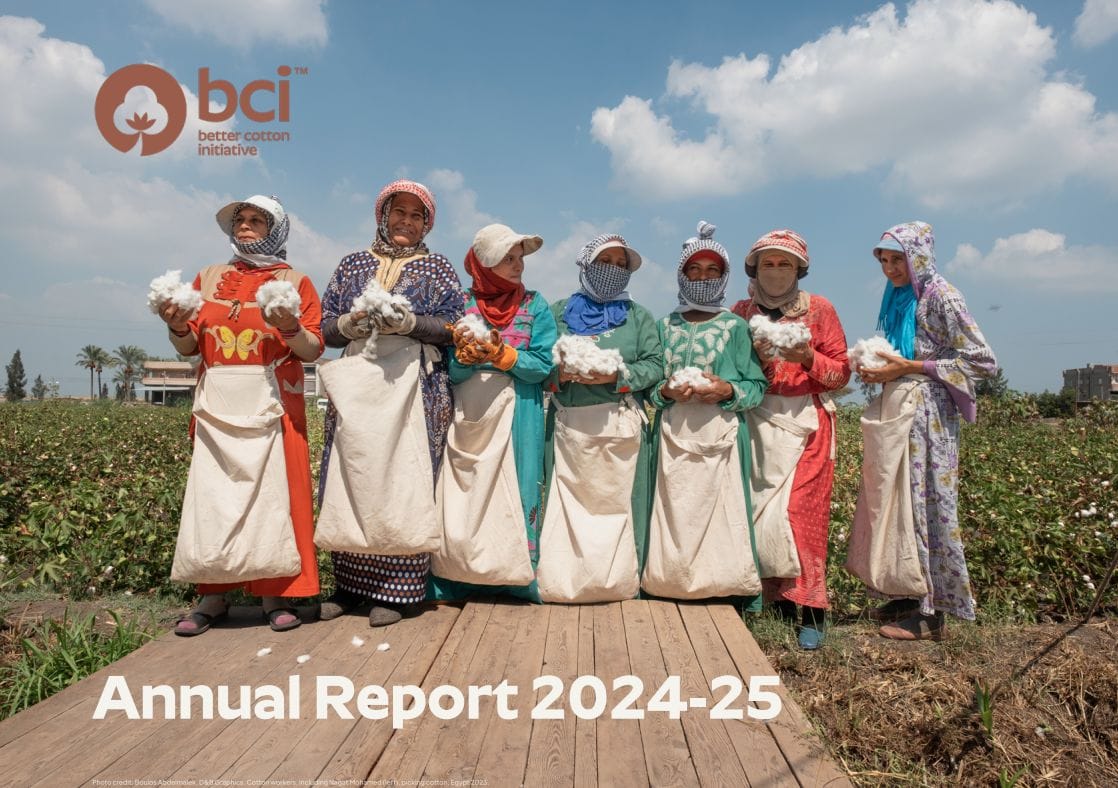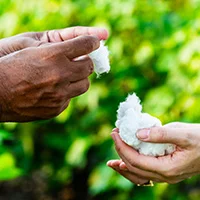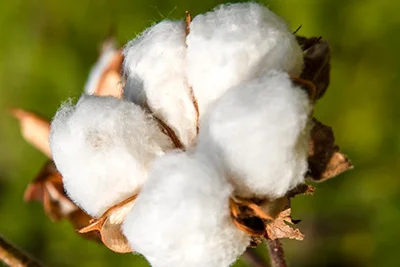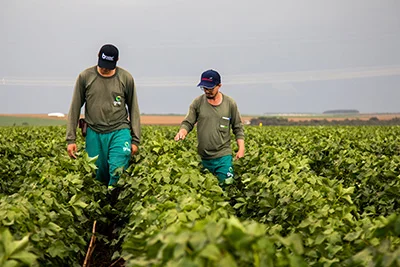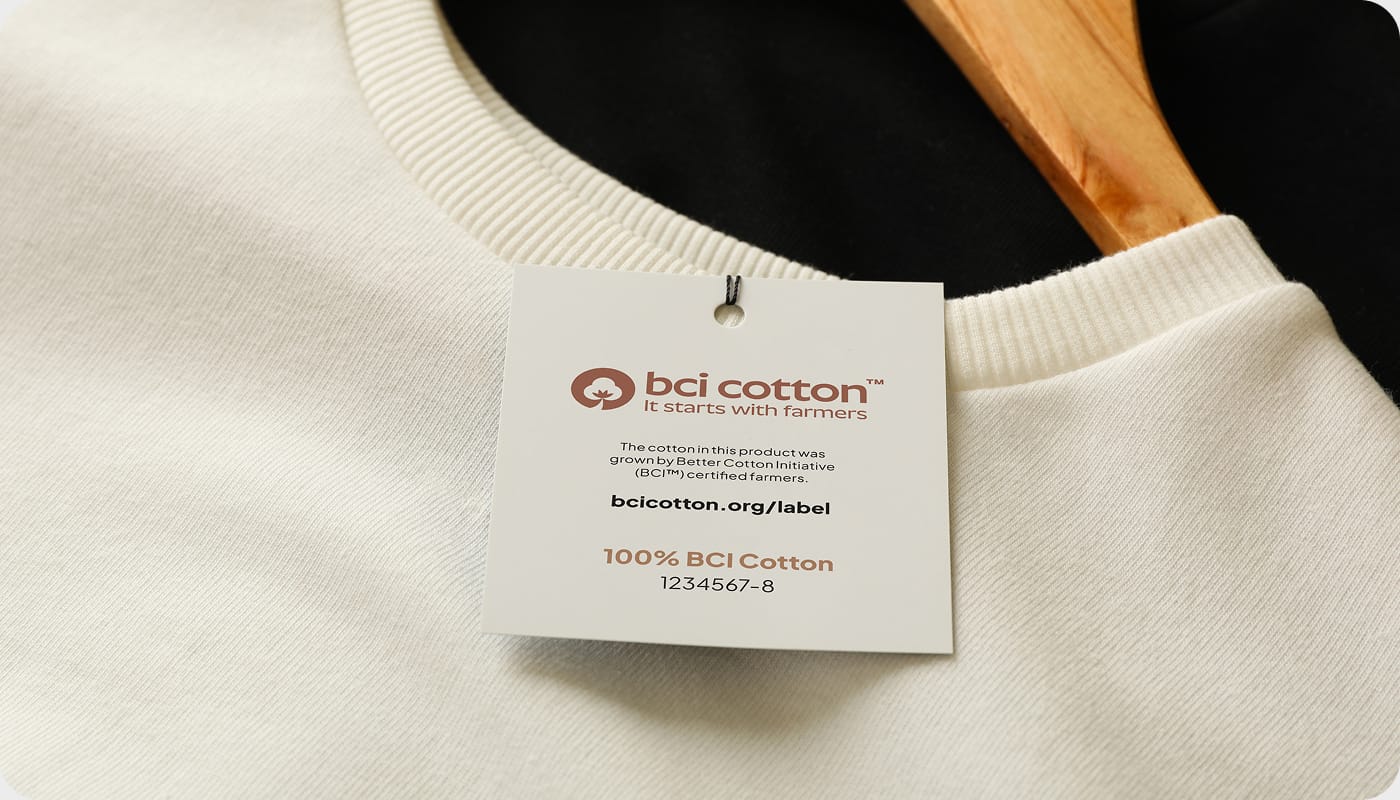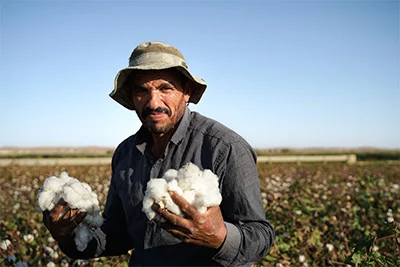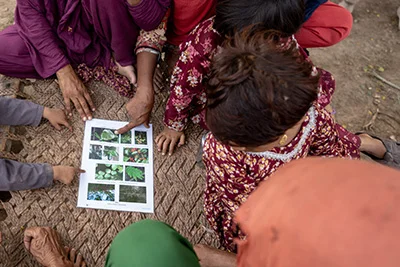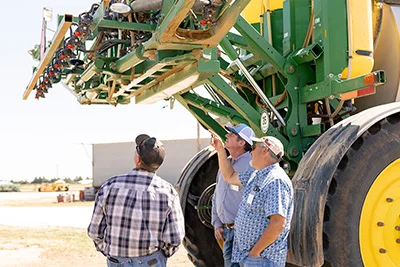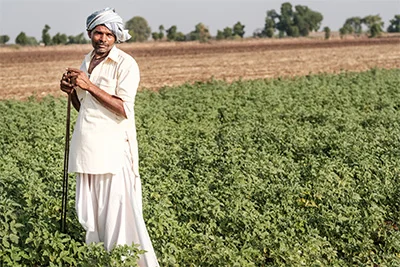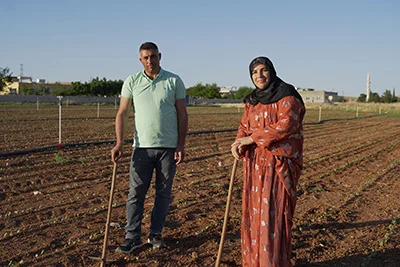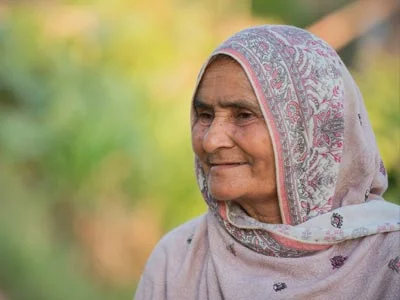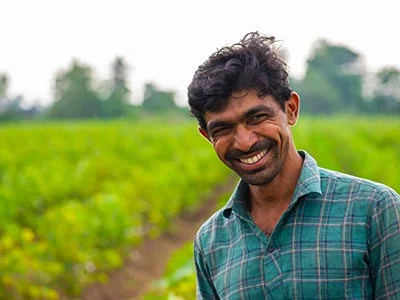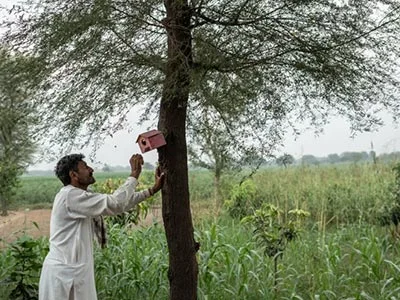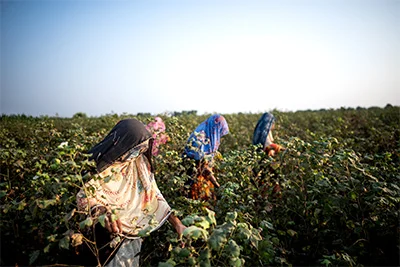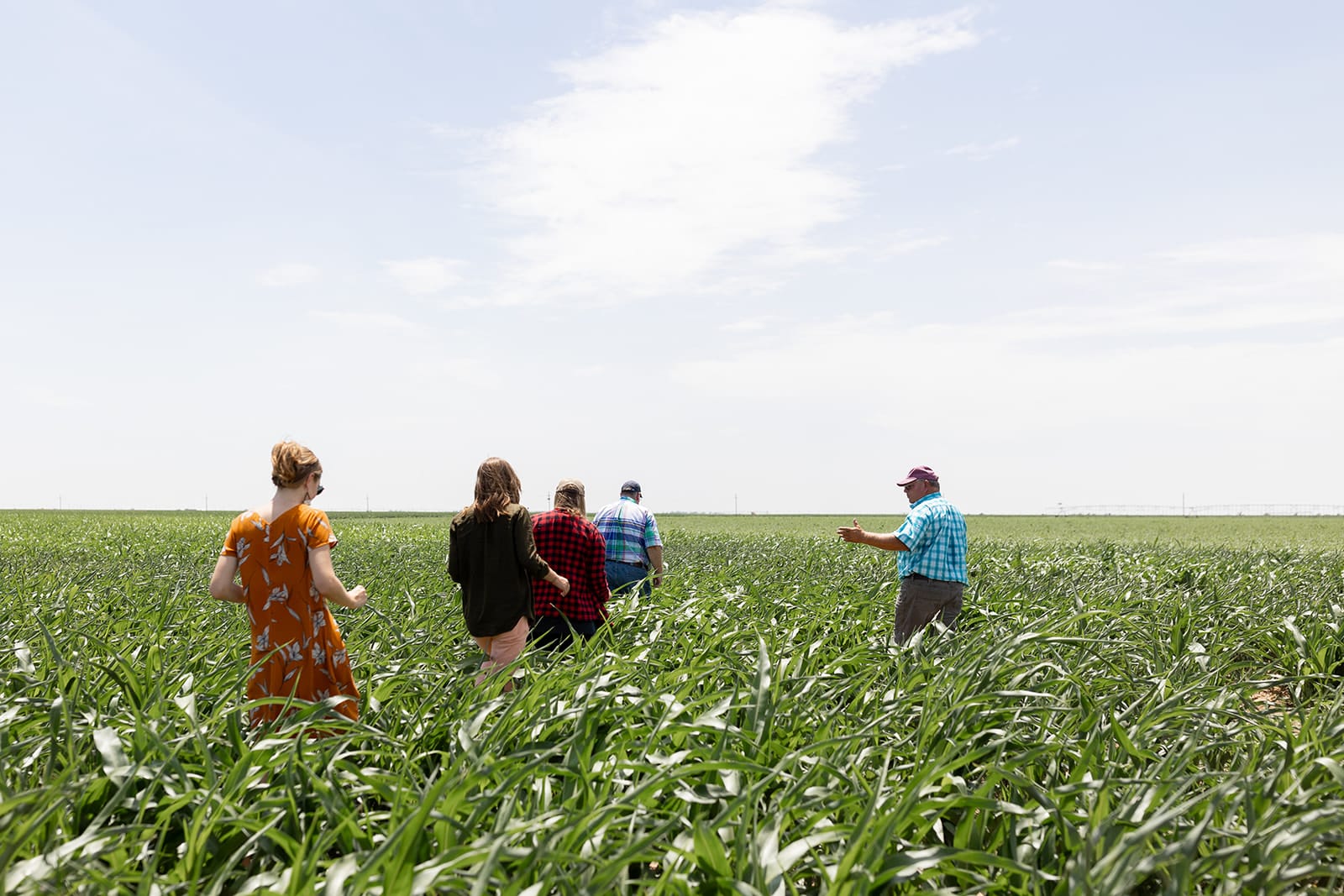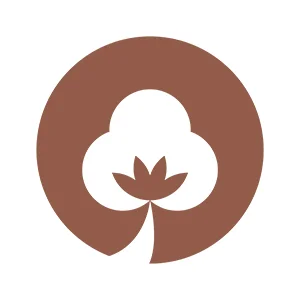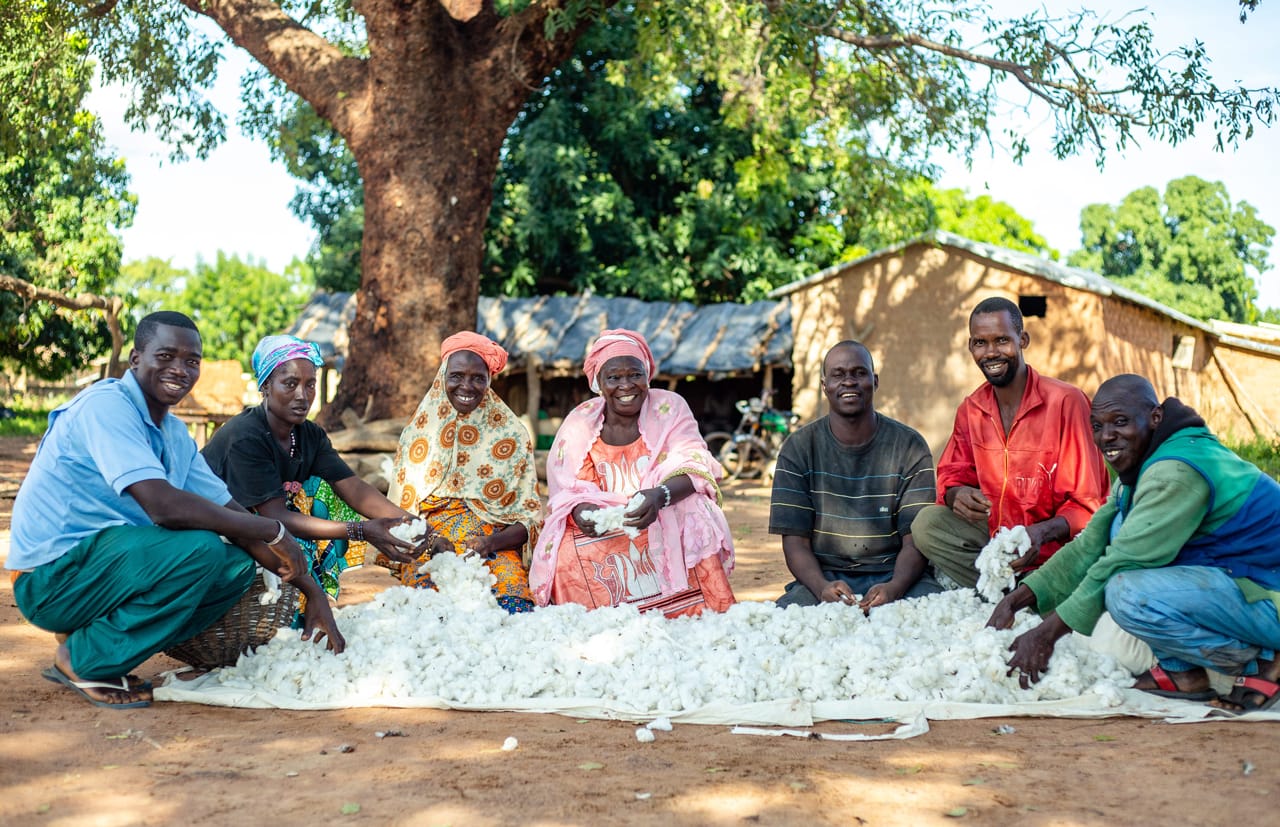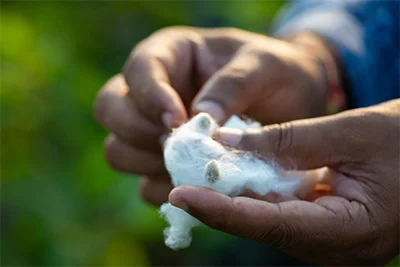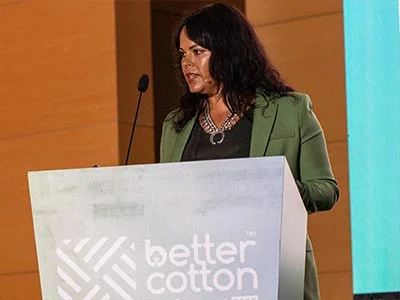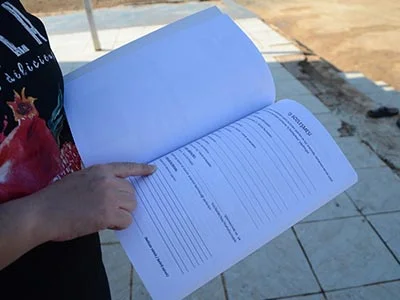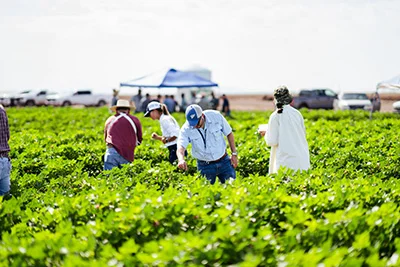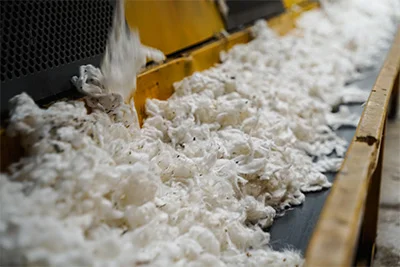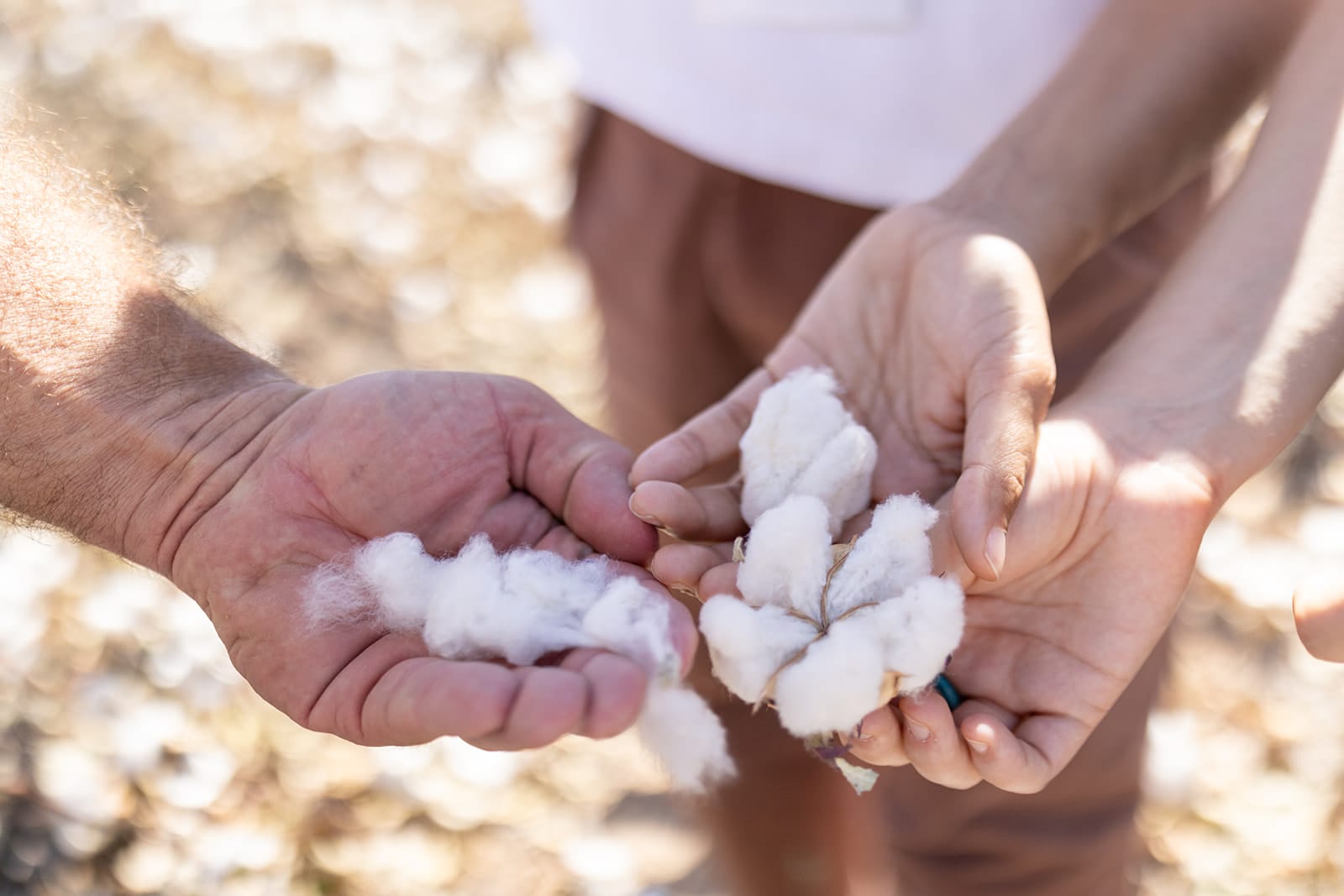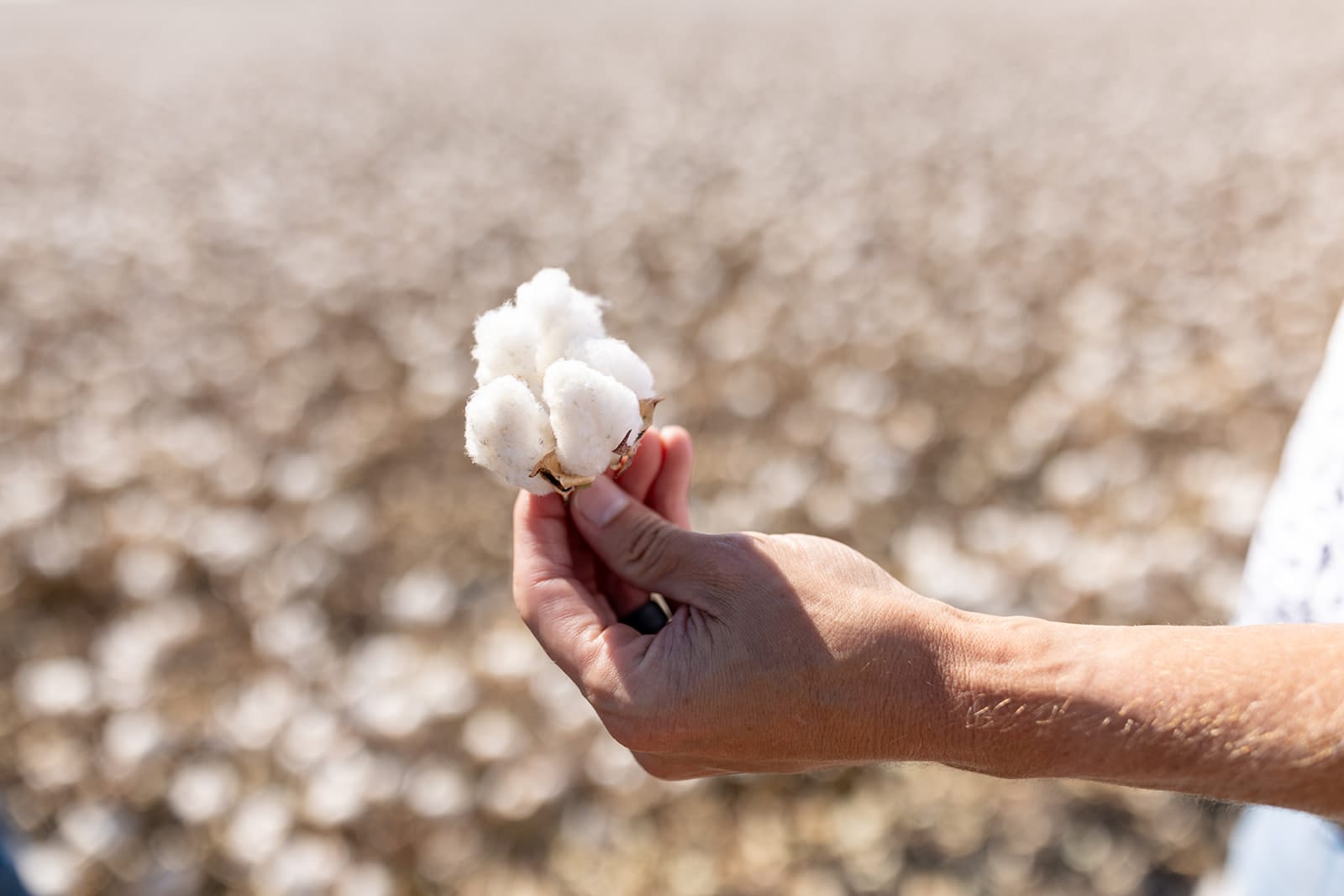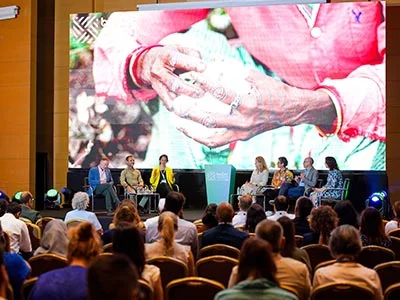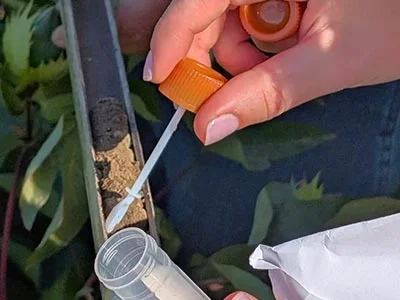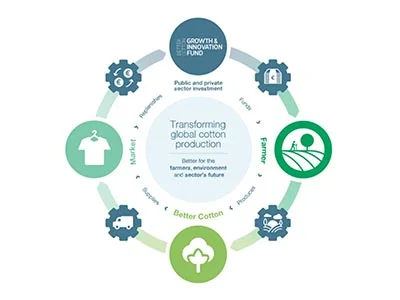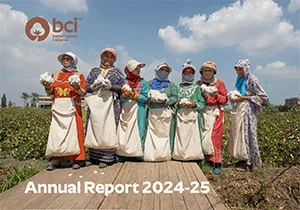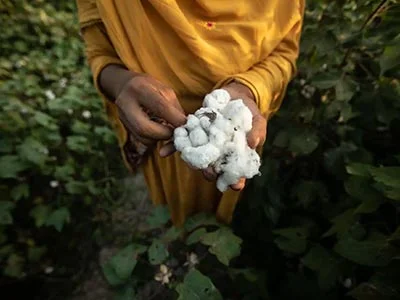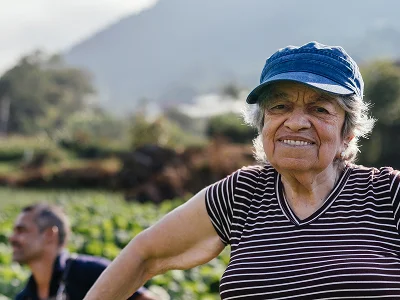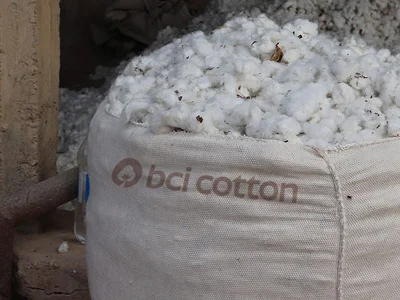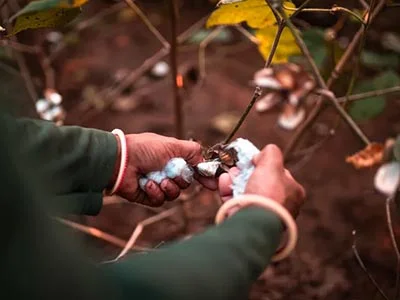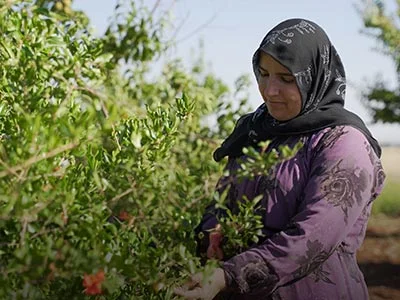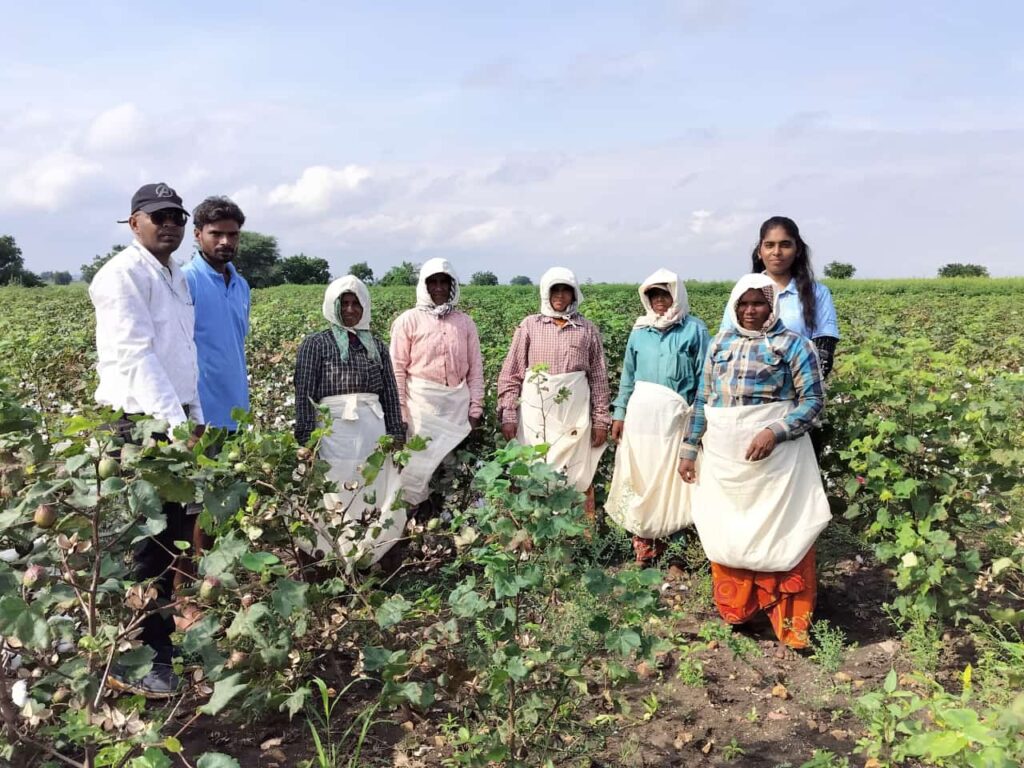

In India, one of the world’s leading cotton-producing nations, the crop remains a major source of pride. However, persistent challenges related to fibre contamination continue to plague cotton’s market potential, degrading fibre quality, reducing farmers’ and workers’ incomes, and undermining sustainable practices.
This is an issue faced in the cotton-growing districts of Guntur and Kurnool in Andhra Pradesh, where cotton is primarily hand-picked under demanding conditions. Contamination can come from a variety of places, including human and animal hair, synthetic particles from cotton carrying bags, and other environmental particles which can latch onto the cotton and reduce its quality. The impact of high levels of contamination on the quality of the cotton can lead to lower prices, reducing farmers’ and workers’ incomes.
Meanwhile, workers encounter numerous challenges stemming from harsh environmental conditions in the field and insufficient equipment, impacting health and productivity. These difficulties include sunburn and heat stress from prolonged time in the sun, pesticide exposure in recently treated fields, and physical exhaustion from lifting heavy loads.
Improving working conditions for cotton farmers and workers, alongside driving improvements in livelihoods and fibre quality, are at the core of Better Cotton’s sustainability efforts, as demonstrated by our Principles and Criteria.
Modern Architects for Rural India (MARI), one of our Programme Partners in India, has been at the forefront of addressing these issues through a holistic approach that improves both fibre quality and field-level working conditions. Working with over 15,000 farmers, MARI carried out field checks and identified gaps in existing practices to promote the safe, clean, and sustainable picking and storage of cotton.
More Comfort, Less Contamination
Cotton picking in these districts is largely done by women, who work long hours under the harsh sun, often in fields recently sprayed with pesticides. Furthermore, the widespread use of synthetic garments and polypropylene bags exacerbates both contamination and discomfort.
In response, MARI spearheaded a collaborative initiative involving the National Bank For Agriculture And Rural Development, CIRCOT R-ABI, and key state departments to co-create a community-driven solution: an affordable and innovative Cotton-Picking Kit. Through an iterative process of field trials, farmer consultations, and design refinements, they developed a kit for farm workers, which includes a cotton apron or shirt, a protective cap, an intermediary field collection bag, and a cotton storage bag.
The kit is designed to allow workers to carry more cotton comfortably, hence making fewer trips across fields to empty their bags, reducing fatigue and increasing efficiency. By removing synthetic fibres from the collection bags, now made from cotton, contamination is reduced as the risk of any synthetic materials attaching to the cotton is eliminated. Reinforcing the bottom of the bags with denim also reduces the risk of breaking and ripping, which helps avoid contamination from dirt particles on the ground and in the general vicinity.
With the reduction of debris improving the quality of the fibre, this means a higher-quality product for ginners, putting farmers in a better position to negotiate higher prices for their cotton going forward. This in turn improves pay for both farmers and workers.
What also sets this initiative apart is its emphasis on circular economy principles. Rather than using virgin fabric, the kits are made from used and rejected cotton cloth, making them not just affordable but also environmentally responsible.
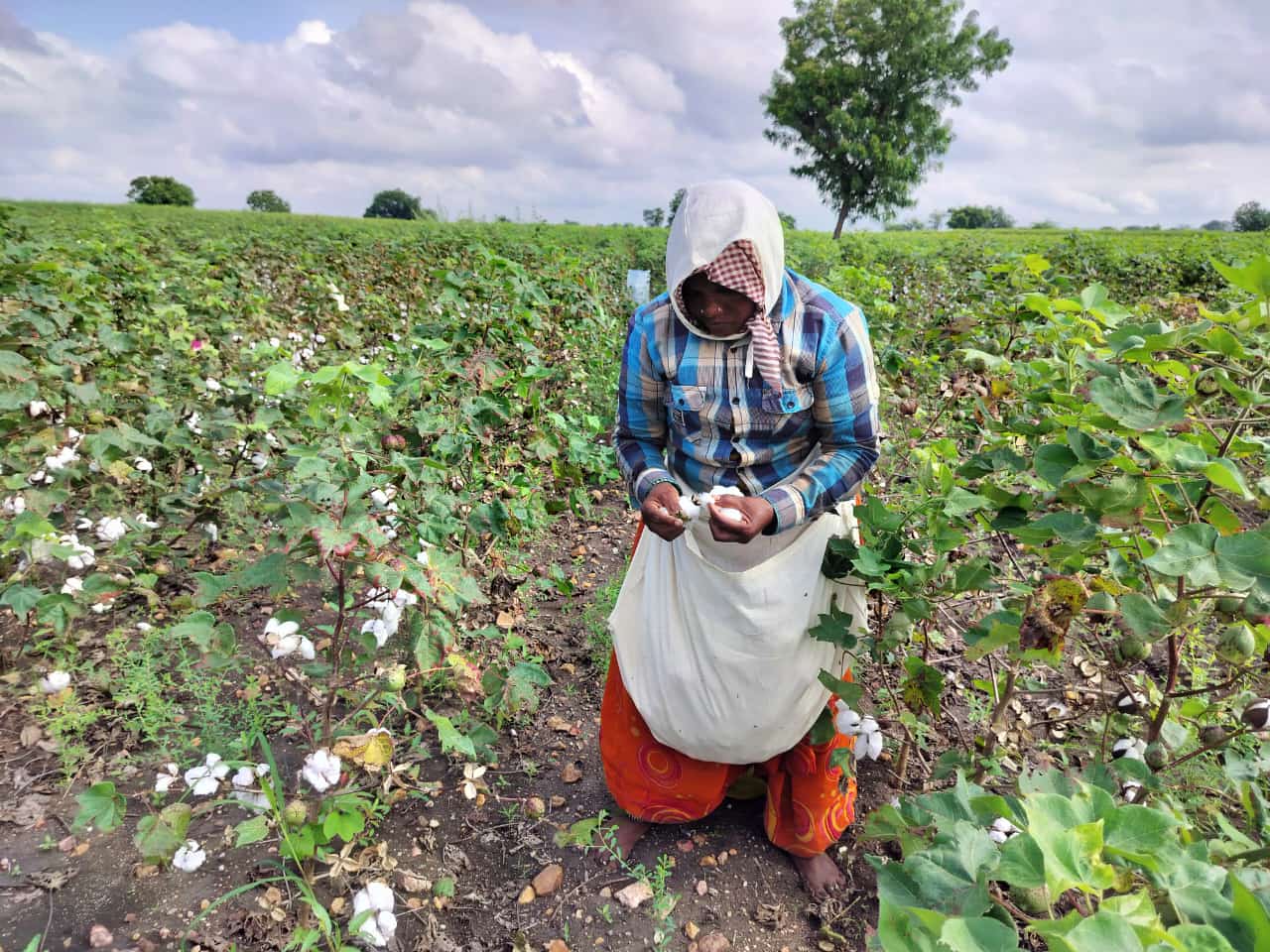

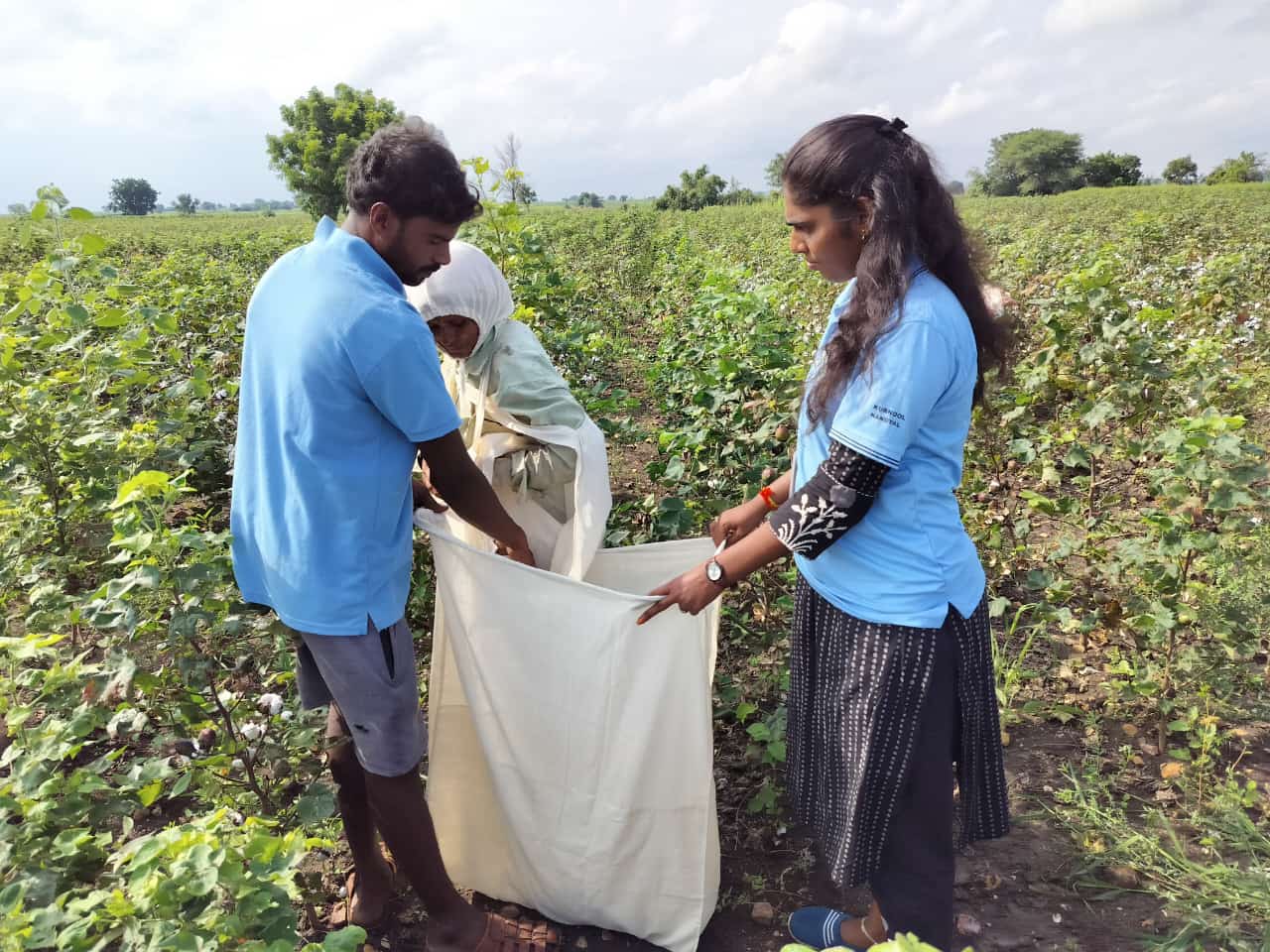

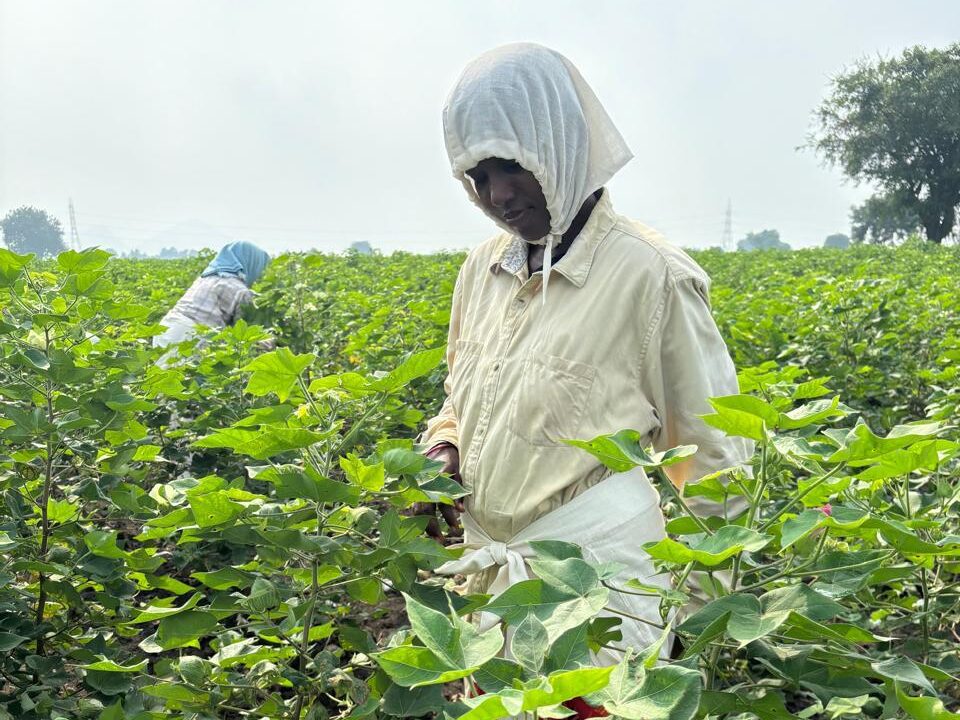

With Women in Mind
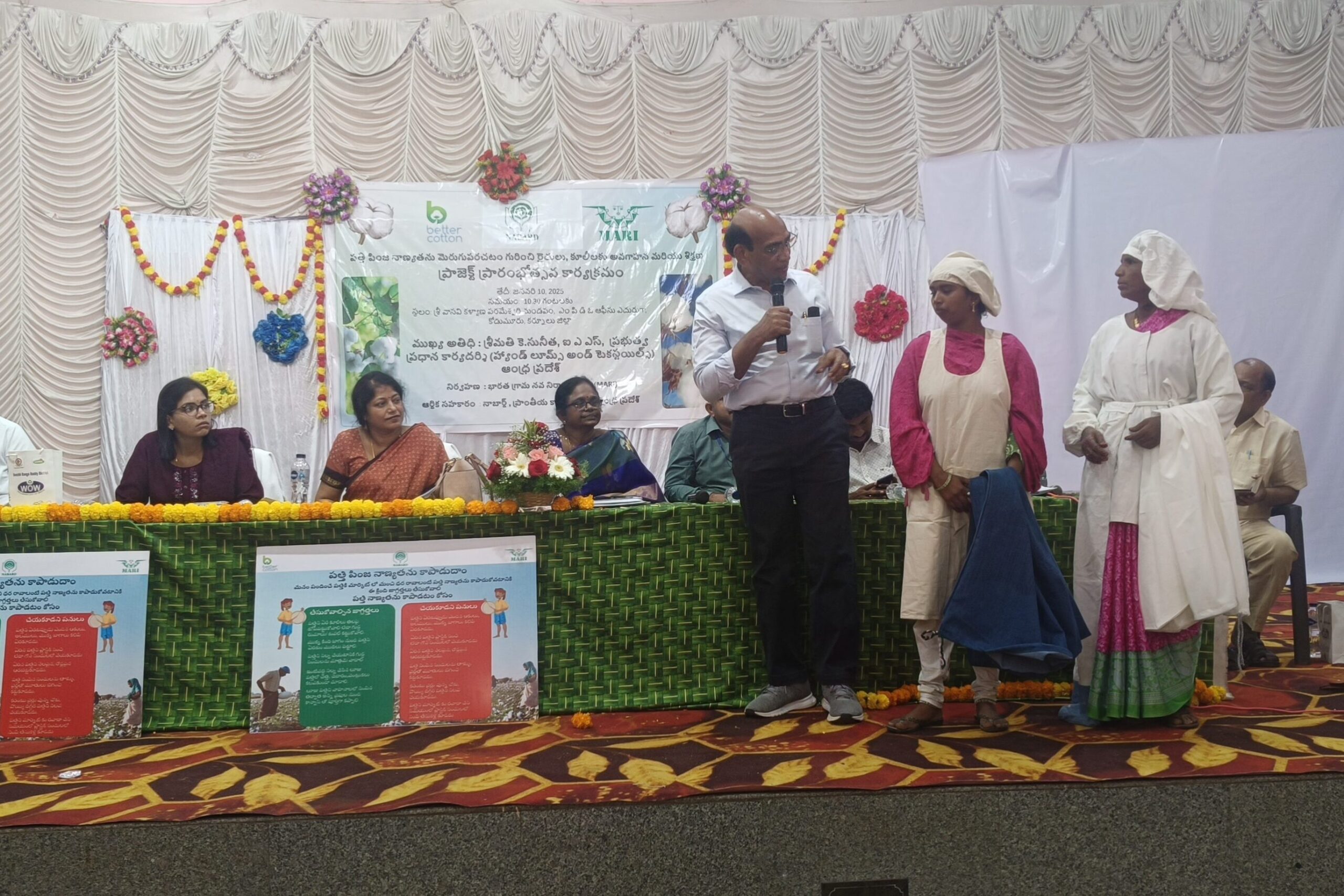

Women workers, the primary users of the kits, have reported a dramatic improvement in comfort. Cotton aprons absorb sweat effectively, unlike polyester garments that trapped the heat. The lightweight caps with elastic bands provide critical protection from sun and dust, making the long hours in the field less strenuous.
The switch from synthetic to cotton bags at various stages — from picking to field-level storage — has greatly reduced fibre contamination. The impact has been twofold: better quality cotton and safer, more dignified working conditions for women labourers.
“Wearing the cotton shirt and cap made my long hours in the field bearable — no more itching, sweating, or burning under the sun,” Chandramma, K. Nagalapuram, a cotton worker said, while appealing to key decision makers at a multi-stakeholder consultation in Kodumuru in January 2025.
“We need safety and comfort, along with our wages.”
The success of the pilot phase during the 2024–25 crop season has laid the foundation for scaling up the intervention. MARI is preparing to roll out the Cotton-Picking Kit across all its project clusters in the upcoming season, ensuring wider adoption and impact. The initiative stands as a compelling example of how workers’ well-being, environmental sustainability, and good-quality cotton fibre go hand in hand — and how community-led innovation can pave the way for sustainable solutions.

